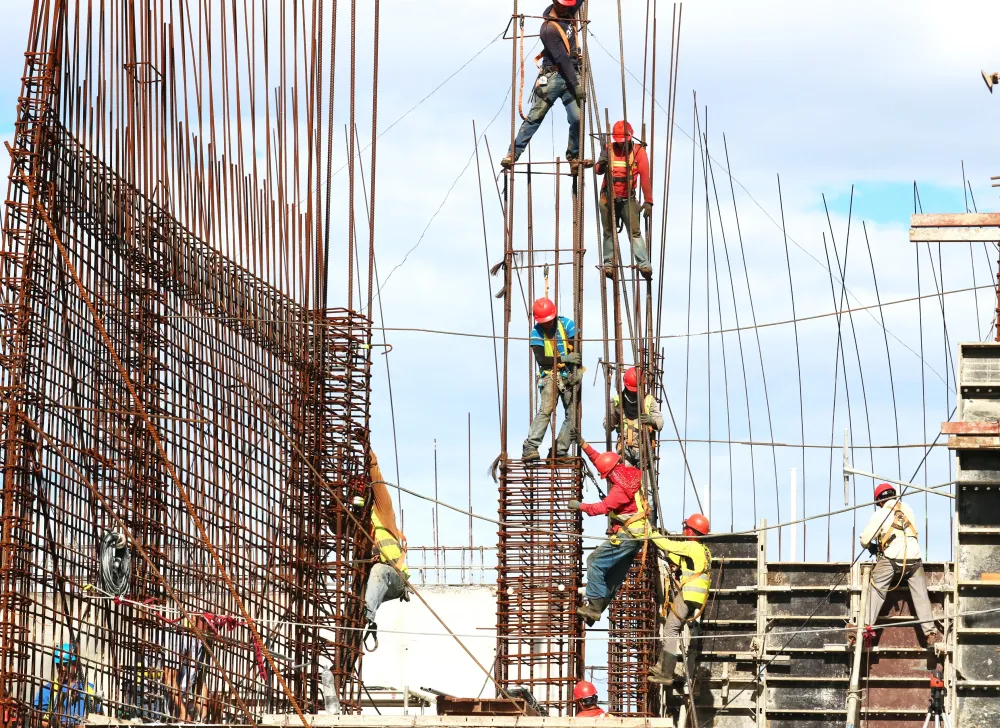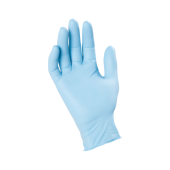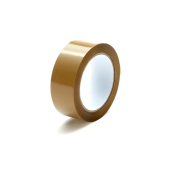Personal Protective Equipment (also known as PPE) is essential for reducing the risk of injuries and keeping your workers safe on the job.
Before you start sourcing the best PPE supplies for your workers, you should know what are your industry-specific hazards and make sure the PPE products on your radar comply with the necessary safety standards.
To read more about this, check our previous blog posts:
- Keeping Workers Safe: how to select the right Personal Protective Equipment (PPE)
- Ensuring Safety and Compliance: A Look at Industrial PPE Regulations in the EU
We hope these resources can help you make an informed decision on what PPE supplies you should add to your inventory.
However, choosing the right personal protective equipment is just the first step. In order to maximise the safety of your workers, it’s equally important to follow the right PPE procedures concerning its use, maintenance, and disposal.
In this article, we will walk you through the best practices for PPE procedures you and all PPE users should follow.
- PPE procedures: usage
- PPE procedures: maintenance
- PPE procedures: disposal

PPE procedures: usage
As previously mentioned, the effectiveness of your PPE supplies depends on their:
- Quality: it goes without saying that your PPE of choice should be made of resistant material fit to protect your workers against your industry-specific hazards. Plus, high-quality material makes for comfortable PPE products that last longer.
- Appropriate use case: when it comes to personal protective equipment, there’s no one-size-fits-all. This means you should always source the right PPE products for each specific use case. For instance, dust masks protect against inhaling dust and other non-toxic particles, but they don’t shield from vapours and gasses, or other toxic substances like pesticides.
But there’s another important factor to add to the equation: proper PPE usage.
What we mean is that you can choose the right PPE supplies to shield your workers against specific hazards, but the personal protective equipment won’t do much if the wearers don’t use it correctly (e.g. wearing a PPE mask below the nose). That’s why your workers should always receive training on the correct way to put on, adjust, wear, and remove their personal protective equipment.
Moreover, it’s important to ensure that the PPE is worn consistently and properly, covering all necessary body parts, without impeding movement or visibility.







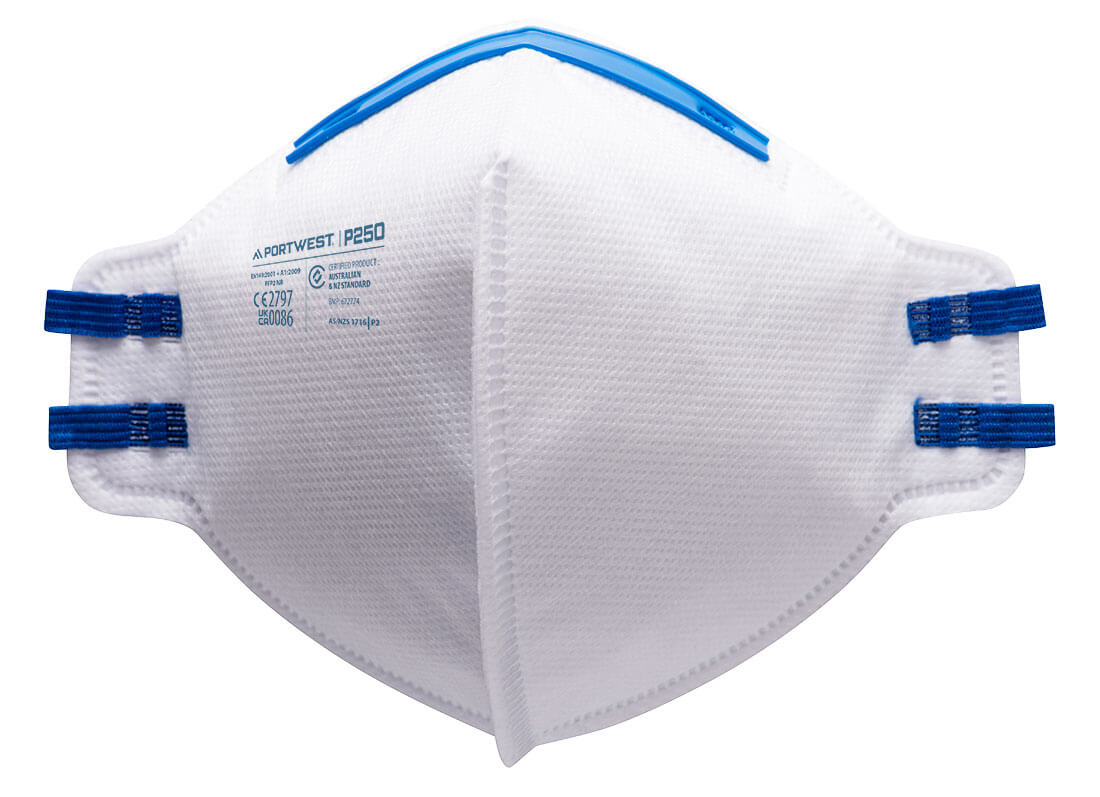



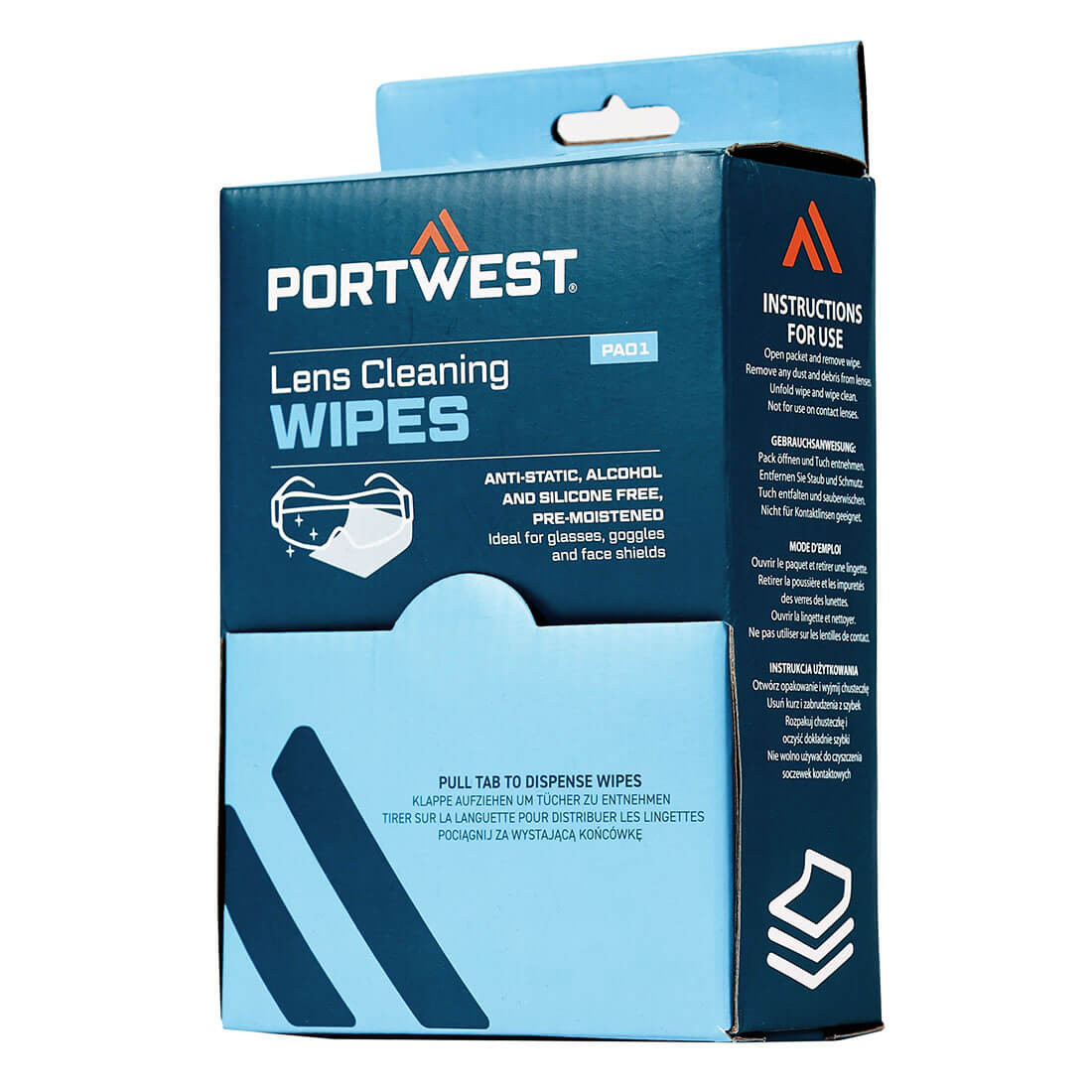

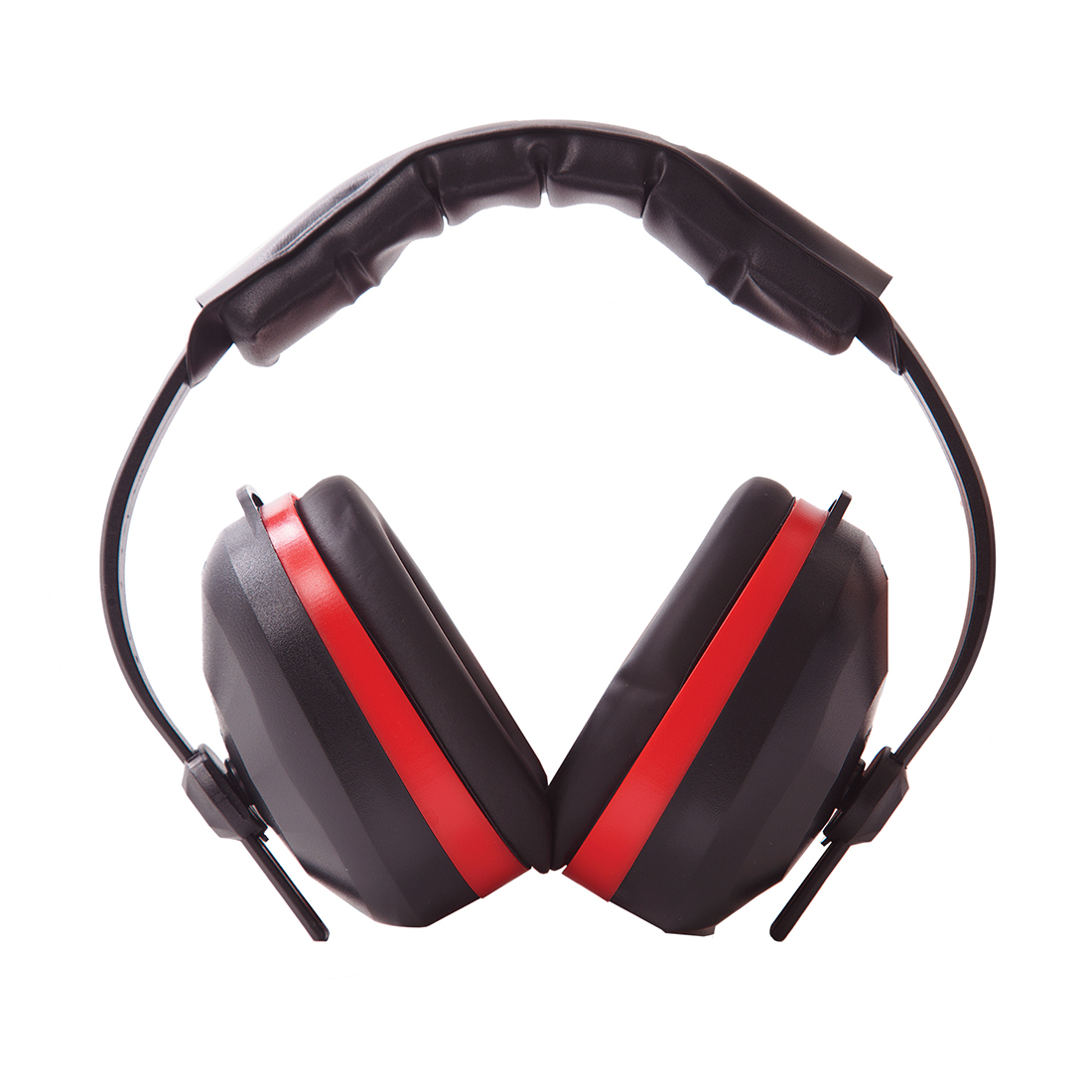

PPE procedures: maintenance
When it comes to PPE maintenance there’s a lot of ground to cover as the right procedures are strictly related to each PPE product category.
That being said, as a general rule of thumb, it’s important to store PPE supplies in a clean, dry place away from direct sunlight and extreme temperatures to ensure that it remains in good condition and ready for use.
Moreover, there are three procedures for PPE maintenance you must always follow. Let’s take a closer look!
- Follow the manufacturers’ guidelines: these include routine cleaning and disinfecting, as well as inspecting the equipment for any signs of wear, tear or damage. Note that if any damage is detected, it’s important to replace the equipment immediately.
- Conduct thorough and documented inspections: these inspections will ensure that your PPE supplies are still effective in providing the necessary level of protection. Based on the equipment you’re checking, these inspections include checking for proper fit, ensuring that all fastenings are secure, and checking that there are no cracks, holes, or tears in the equipment. Once more, if any issue is identified during the inspection, dispose of the PPE.
- Train all PPE users: this is a passage you should never skip as PPE inspections should be performed by every single PPE user. So, train your workers to use, care for, and properly store their equipment. This will help you prevent unnecessary accidents or injuries.

PPE procedures: disposal
Whether your personal protective equipment didn’t pass the inspection or has served its purpose, PPE disposal is just as important as its correct usage and maintenance.
As with PPE maintenance, the disposal processes vary according to the PPE category. However, some common best practices for PPE disposal include:
- Proper storage: store used PPE in a designated area until it can be disposed of properly. This will prevent contamination and reduce the risk of injury. Let’s take the healthcare industry as an example, imagine the health risks posed by improper disposal of used surgical masks.
- Knowledge of regulations: Understand your local and national regulations for PPE disposal. Some types of PPE may need to be disposed of as hazardous waste, and failure to do so can result in significant penalties.
- Encourage recycling: Encourage your workers to recycle their personal protective equipment whenever possible. Some materials, such as PPE hard hats and safety glasses, can be reused after being inspected and cleaned.
- Keep records: Maintain a record of your PPE disposal procedures, including the type and quantity of PPE disposed of, the date, and the method of disposal. This information can be used to monitor compliance with regulations and to identify areas of improvement.

Conclusion
All in all, personal protective equipment (also known as PPE) is a critical component of workplace safety, and it’s paramount for PPE buyers to have a comprehensive understanding of what are the best practices for selecting, using, maintaining, and disposing of their PPE supplies.
We hope this article has provided you with insights and practical tips on PPE procedures. If you want to read more on how to select the right PPE for your use cases and how to ensure your personal protective equipment of choice is compliant with European PPE Regulations, check out the following blog posts:
- Keeping Workers Safe: how to select the right Personal Protective Equipment (PPE)
- Ensuring Safety and Compliance: A Look at Industrial PPE Regulations in the EU
Finally, remember that purchasing the right PPE equipment and following all the right PPE procedures for usage, maintenance, and disposal are crucial for ensuring the safety and health of your workers, and contributing to the success of your business.
Browse our extensive catalogue of PPE products from Europe’s top-rated suppliers and find all the best fits at the best prices.
Need a shortcut? Here are the main PPE categories we offer:

